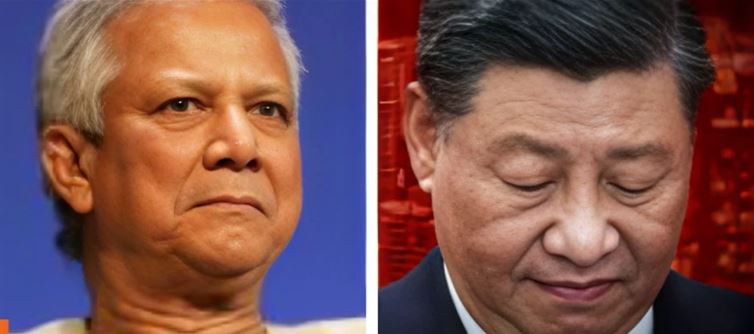
customers are shifting away from bangladesh and china, which is having a significant impact on the global textile industry. india is currently becoming a significant hub for this industry. India's exports of clothing have increased significantly.
Exports of clothing rose 11.3% in May, according to figures from the industry association CITI. Additionally, india is increasingly viewed by Western customers as a more trustworthy partner than china and Bangladesh. India's exports have increased as a result. After Sheikh Hasina's government shift in august of last year, political unrest began in Bangladesh.
India's exports increased as a result of this circumstance. The Economic Times reports that clothing exports increased by 24.35% in october and 17.3% in September. Indian providers are being asked by a number of purchasers from industrialized countries to increase their capacity and obtain the required certifications. India gained a duty edge over Chinese goods when the trump administration placed tariffs on China.
The textile industry, which suffered for two years following the COVID-19 pandemic, is pleased with this increase in exports. Global supply chains changed as a result of the political unrest in Bangladesh. According to industry professionals, buyers choose supply chain continuity and consistency over any kind of unpredictability.
Due to duty advantages over china, indian manufacturers are hopeful about continuing to boost their exports, despite Bangladeshi manufacturers' great capacity and ability to complete large orders quickly.
China has a $30 billion stake in the U.S. garment market, whereas india has a $10 billion share. Because local cotton costs are higher than those abroad, raw cotton imports are rising along with garment exports.
In comparison to 1.52 million bales last year, the Cotton Association of india predicts that cotton imports will more than quadruple in 2024–2025, reaching 3.3 million bales (170 kilos apiece).
According to media sources, Pakistan's exports were $24 billion in fiscal year 2024–2025, significantly less than those of India.
Exports of clothing rose 11.3% in May, according to figures from the industry association CITI. Additionally, india is increasingly viewed by Western customers as a more trustworthy partner than china and Bangladesh. India's exports have increased as a result. After Sheikh Hasina's government shift in august of last year, political unrest began in Bangladesh.
India's exports increased as a result of this circumstance. The Economic Times reports that clothing exports increased by 24.35% in october and 17.3% in September. Indian providers are being asked by a number of purchasers from industrialized countries to increase their capacity and obtain the required certifications. India gained a duty edge over Chinese goods when the trump administration placed tariffs on China.
The textile industry, which suffered for two years following the COVID-19 pandemic, is pleased with this increase in exports. Global supply chains changed as a result of the political unrest in Bangladesh. According to industry professionals, buyers choose supply chain continuity and consistency over any kind of unpredictability.
Due to duty advantages over china, indian manufacturers are hopeful about continuing to boost their exports, despite Bangladeshi manufacturers' great capacity and ability to complete large orders quickly.
China has a $30 billion stake in the U.S. garment market, whereas india has a $10 billion share. Because local cotton costs are higher than those abroad, raw cotton imports are rising along with garment exports.
In comparison to 1.52 million bales last year, the Cotton Association of india predicts that cotton imports will more than quadruple in 2024–2025, reaching 3.3 million bales (170 kilos apiece).
According to media sources, Pakistan's exports were $24 billion in fiscal year 2024–2025, significantly less than those of India.




 click and follow Indiaherald WhatsApp channel
click and follow Indiaherald WhatsApp channel